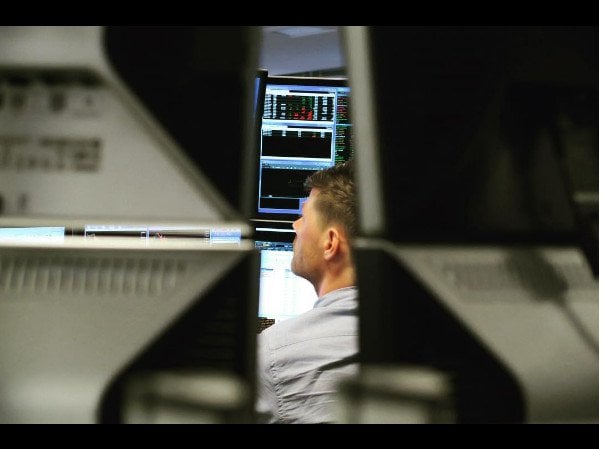
At our firm, traders can be discretionary traders, automated traders or hybrid traders. Discretionary traders push the buttons and make their own decisions. Automated traders develop and idea, backtest, forward test, and then let computers run the strategy. Hybrid traders do a little of both and use technology to inform better discretionary trading.
Often we hear in the Financial News Media that there is an either/or for automated trading versus discretionary trading. You must become an automated trader or be unable to compete. You must choose whether you are an automated trader or discretionary trader or fail to find your niche in the market. That has not been our experience at the firm.
Learning how to express your trading ideas as an automated trader can make you a better discretionary trader. Let me offer a concrete example from our trading desk in NYC.
During a monthly review, a developing trader at the firm has recently started studying machine learning. This for the purposes of improving his automated trading. Exposure to machine learning to improve his automated trading brought this realization for his discretionary trading:
Machine learning is big for me, it is something I have really enjoyed working on and building a framework with to support my 3rd objective above, but I would not coach a machine to be early, to scale in early looking for the turn, I train it to wait for edge and then get involved.
Thinking like an automated trader demonstrated the folly of one trading weakness. Many of us as discretionary traders are early on trades. We buy weak stocks before they have started to turn. We get out front of strong stocks before they show us the backside of the trade.
But I love this thought. If I wouldn’t do this as an automated trader, then why would I do so as a discretionary trader. This makes us better as discretionary traders.
As always, I welcome your feedback/questions at [email protected].
*no relevant positions
